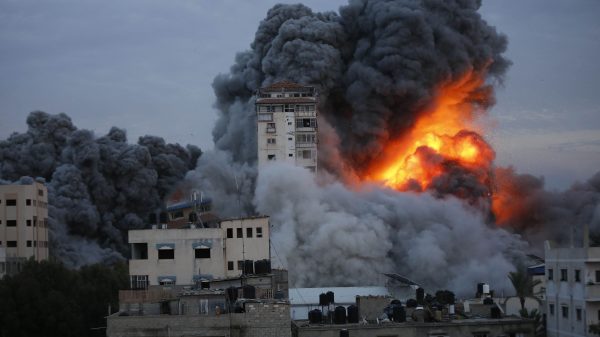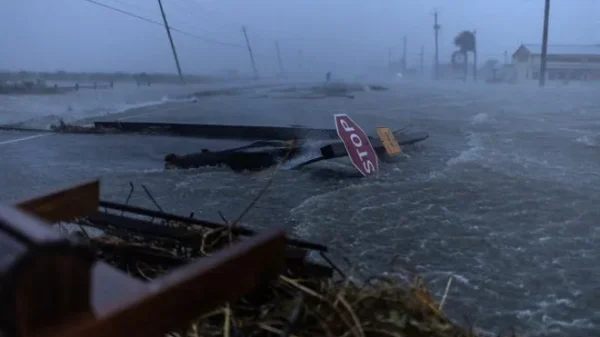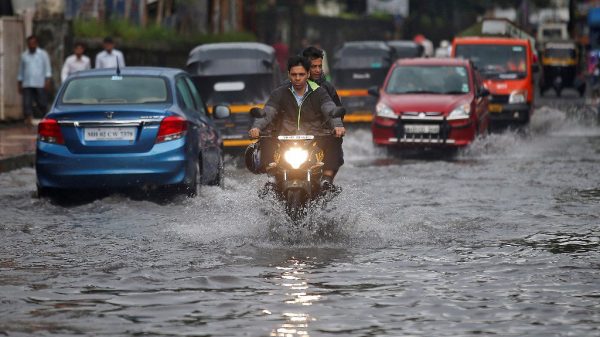New data from the International Labour Organization (ILO) reveals that over 70% of the global workforce is now at high risk of extreme heat, leading to approximately 18,970 deaths annually among workers. India has been particularly affected, reporting 40,000 suspected cases of heat stroke and over 100 deaths since the onset of summer in 2024.
This alarming situation is highlighted in the United Nations (UN) Call to Action on Extreme Heat, which compiles insights from ten specialized UN entities, emphasizing the severe multi-sectoral impacts of extreme heat.
The UN’s Call to Action details recent heat-related incidents, such as deaths in Saudi Arabia and India, heatstroke warnings in Japan, school closures in Bangladesh and the Philippines, and severe heat warnings in Southeast Europe. New temperature records have also been set across the United States.
Despite these urgent warnings, the Earth Sciences Ministry informed the Lok Sabha that extreme heat is not yet classified as a natural disaster eligible for financial assistance in India, although heat wave deaths are reportedly decreasing due to better weather predictions.

Over 70% of Global Workforce at High Risk of Extreme Heat, Leading to 18,970 Deaths Annually, Says ILO
Between 2000 and 2019, modeled estimates indicate an average of 489,000 heat-related deaths annually, with Asia and Europe bearing the brunt of these fatalities. Heat exposure has also resulted in significant economic losses, with potential income losses reaching approximately $863 billion in 2022.
The UN Secretary-General’s Call to Action focuses on four critical areas: caring for the vulnerable, protecting workers, enhancing economic and societal resilience using data and science, and limiting the global temperature rise to 1.5°C.
The ILO report highlights the disproportionate exposure of workers in Africa, the Arab states, and Asia-Pacific to extreme heat, with significant drops in labor productivity as temperatures exceed 34°C.
The report also advocates for a triple strategy to combat heat impacts: passive cooling, higher energy efficiency, and rapid reduction of climate-warming refrigerants, which could protect an additional 3.5 billion people by 2050.
The Intergovernmental Panel on Climate Change (IPCC) projects that peak temperatures in heat waves will increase significantly faster than global average temperatures.
Events that would have been rare are now much more likely, with extreme heat events becoming nearly nine times more probable under 1.5°C of warming and fourteen times more likely under 2°C. This trend underscores the urgent need for comprehensive and aggressive climate action.
UNICEF’s research indicates that by 2050, nearly every child under 18 will be exposed to high heat wave frequencies, a sharp increase from 24% in 2020. Furthermore, heat-related mortality for people over 65 has risen by approximately 85% between 2000-2004 and 2018-2022.
The UN recommends adopting evidence-based policies, integrating heat risk measures into social protection schemes, and implementing comprehensive heat action plans globally.
In India, June 2024 was the warmest on record since 1901 for northwest India, with mean and maximum temperatures significantly above normal. The India Meteorological Department also reported that east and northeast India experienced the warmest June in terms of nighttime temperatures. The number of heat wave days in various regions far exceeded the normal range, highlighting the growing intensity and frequency of heat waves.
Reports indicate at least 100 deaths in north India due to the extreme heat. Specific regions such as Uttar Pradesh, Bihar, and the Indo-Gangetic plains recorded significantly more heat wave days than usual.
April to June saw between 20 to 38 heat wave days across different parts of India, with deadly heat spells particularly affecting Delhi, Uttar Pradesh, and other parts of northwest India. The heat waves have also impacted east and southeast peninsular India, highlighting the widespread and severe nature of the heat crisis.











































